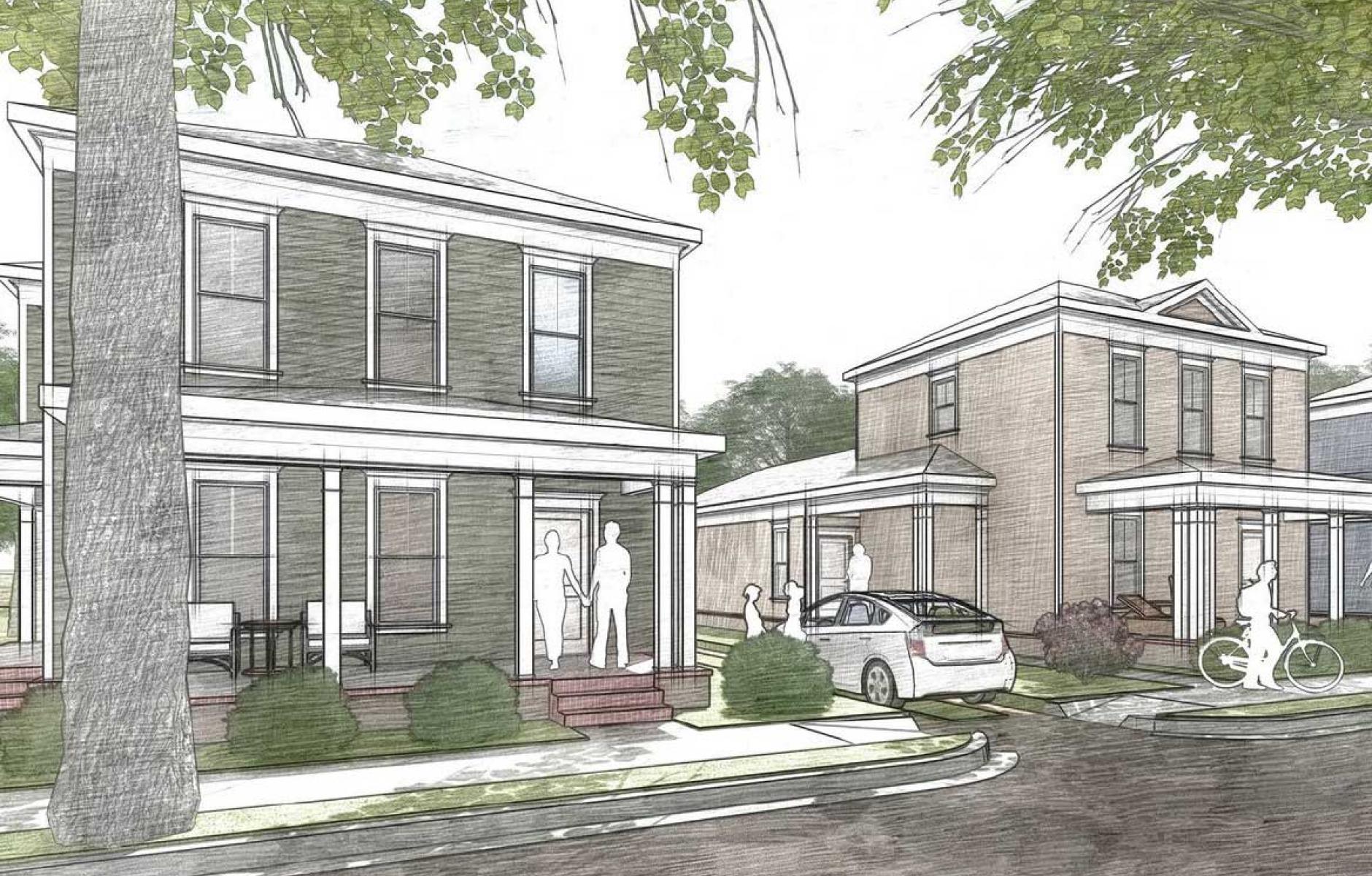
Guide for infill, pre-approved building plans
The median house sale price in Ohio is about $250,000, which doesn’t sound too bad—it is 49th in the nation in housing costs. Still, home prices have doubled in the Buckeye State in the last 10 years, so Ohio is not immune to the nationwide housing affordability crisis, especially in communities with strong jobs and amenities.
The Ohio Realtors and Greater Ohio Policy Center recently put out a guidebook that offers voluntary tools for local governments, developers, land banks, and homeowners to promote affordable infill housing across the state.
“Housing production has slowed, prices have surged, and community leaders are searching for tools to address these challenges effectively,” notes the guidebook, called Housing Ohio: Tools for Development.
The first part is a brief and practical guide to zoning reform that explains common problems afflicting urban zoning codes and recommends four actions: Permit a mix of housing types, reduce minimum lot requirements, eliminate redundant standards, and right-size parking requirements.
I like this because it clearly explains how a community can address problems without going into too much detail. These four issues are most likely present in any city code that has not been updated. If a city addresses that to-do list, planners will learn a great deal and probably address other issues particular to the community.
The middle section of the report is focused on building plans that the team created for Ohio infill. The Pattern Zones Company, with contributors Neighborhood Workshop and MBL Planning, coordinated technical guidance and facilitation for the guidebook.
Finally, the document offers an implementation guide for municipalities to set up a pre-approved building program. This guide is one of the clearest I have seen for setting up such a program, and it could potentially help cities outside of the state as well. “Pre-approved plans programs are a transformational tool for local governments seeking to promote housing development. By providing pre-reviewed, high-quality housing designs, these programs simplify permitting processes, lower development costs, and promote efficient use of resources,” according to the authors.




